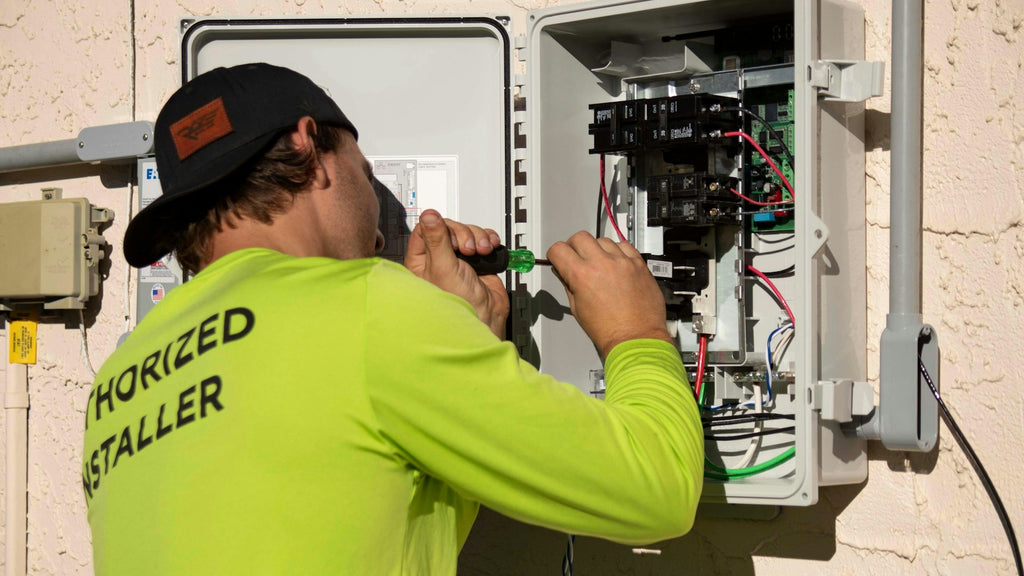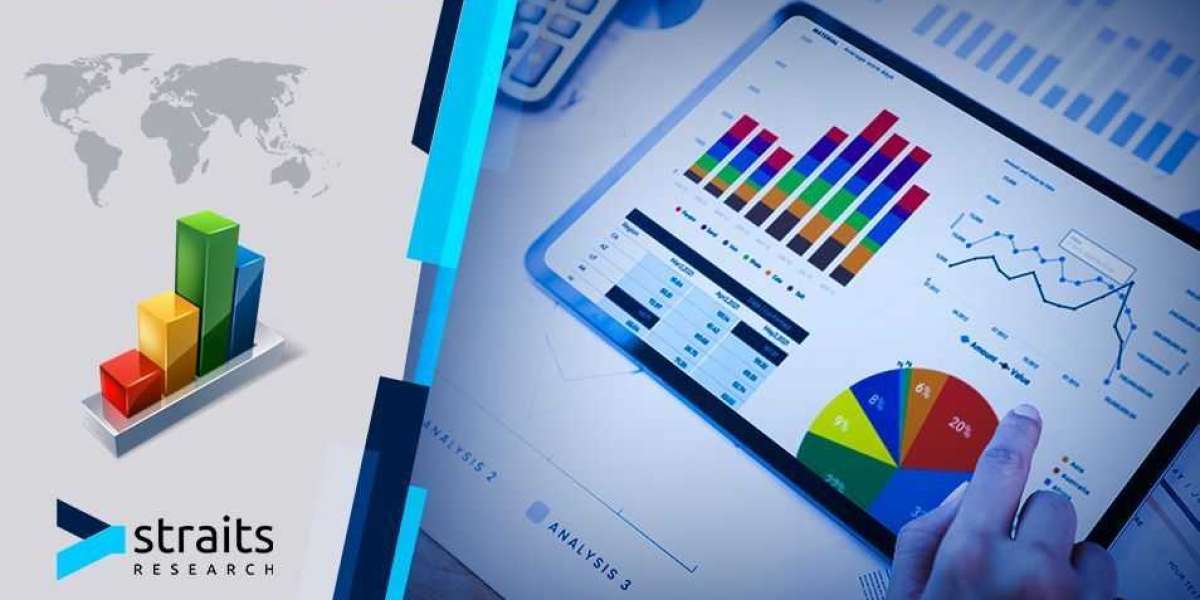When it comes to the efficient operation of industrial solar systems, the role of solar inverters cannot be overstated. These crucial components are responsible for converting the direct current (DC) generated by solar panels into alternating current (AC) that can be used to power machinery and equipment. However, like any complex system, solar inverters are prone to a range of issues that can impact their performance. In this article, we will delve into the common problems that can arise with solar inverters in industrial settings and explore effective solutions for each.

Understanding Solar Inverter Failures
Unraveling the mysteries of solar inverter issues in industrial settings requires a comprehensive understanding of the potential failures that can occur. From environmental factors such as temperature fluctuations and humidity to electrical issues like overvoltage and short circuits, there are numerous variables that can lead to inverter malfunctions. By identifying these typical issues, industrial operators can take proactive measures to mitigate the risks and ensure the smooth operation of their solar systems.
Common Solar Inverter Problems
One of the most prevalent issues encountered with solar inverters in industrial settings is the phenomenon of "islanding," where the inverter continues to supply power to the grid during a blackout. This can pose a serious safety hazard for maintenance personnel and utility workers, and it is essential to implement anti-islanding measures to prevent this occurrence. Additionally, issues such as ground faults, voltage sags, and harmonic distortion can impact the performance of solar inverters, leading to reduced energy production and potential equipment damage.
Diagnostic Techniques and Solutions
When faced with solar inverter problems, it is crucial to employ effective diagnostic techniques to pinpoint the root cause of the issue. Advanced monitoring systems and diagnostic software can provide real-time data on inverter performance, allowing operators to identify anomalies and take corrective action promptly. Furthermore, routine maintenance and inspection protocols can help prevent potential failures by detecting early warning signs and addressing them proactively.
Optimizing Solar Inverter Performance
While it is essential to address and resolve solar inverter issues when they arise, proactive measures to optimize inverter performance can significantly reduce the likelihood of malfunctions. Implementing proper ventilation and cooling systems, ensuring adequate grounding and surge protection, and conducting regular performance evaluations are all integral to maintaining the efficiency and reliability of solar inverters in industrial settings.
In conclusion, the complexities of solar inverter systems in industrial settings necessitate a thorough understanding of the potential issues that can arise and the strategies to mitigate them. By unraveling the mysteries of solar inverter issues and implementing proactive measures, industrial operators can ensure the seamless operation of their solar systems and maximize energy production.








